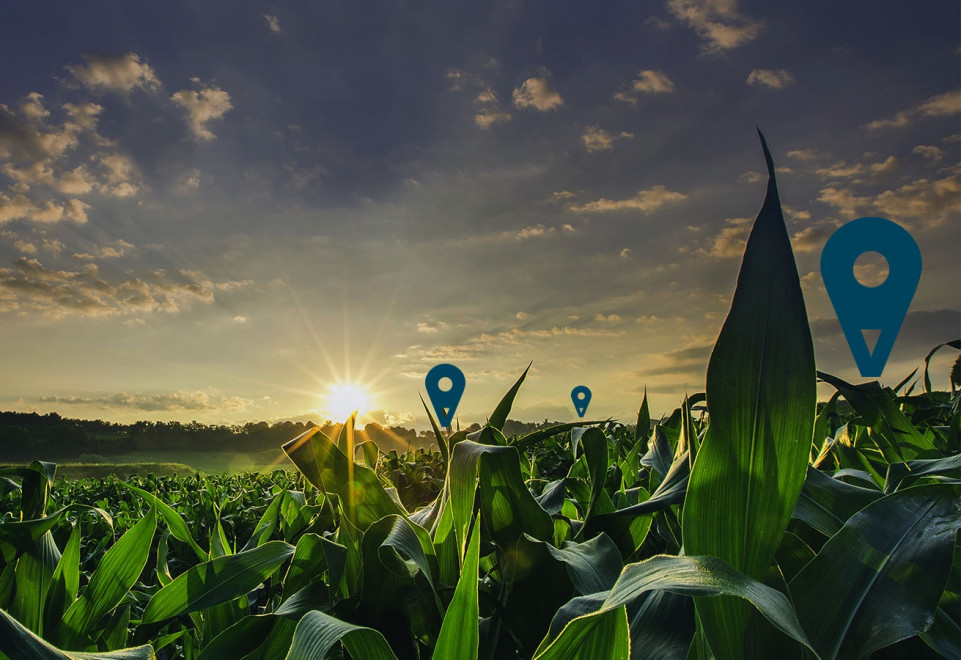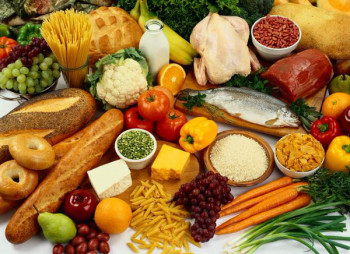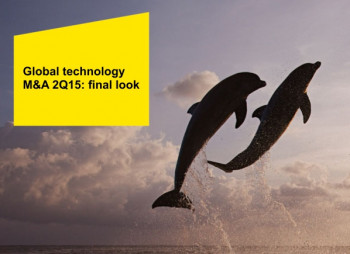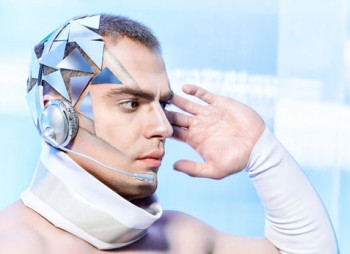During the 20th century, advances in fertilizers, irrigation, and mechanized farming technology helped make it possible to feed a dramatically growing world population.
Now, advocates say, the next big advance in agricultural technology may come from the digital world, as modern computer vision, precision sensors, and machine-learning technology help farmers use last century’s advances more efficiently and precisely to grow healthier and tastier food.
"We’re at the cusp of this next wave of innovation in agriculture, which we call digital agriculture," says Mike Stern, the president of The Climate Corporation. "It has to do with, over the past five to seven years, the farm really digitizing, not unlike how our society has changed in terms of the tools and types of things we can do."
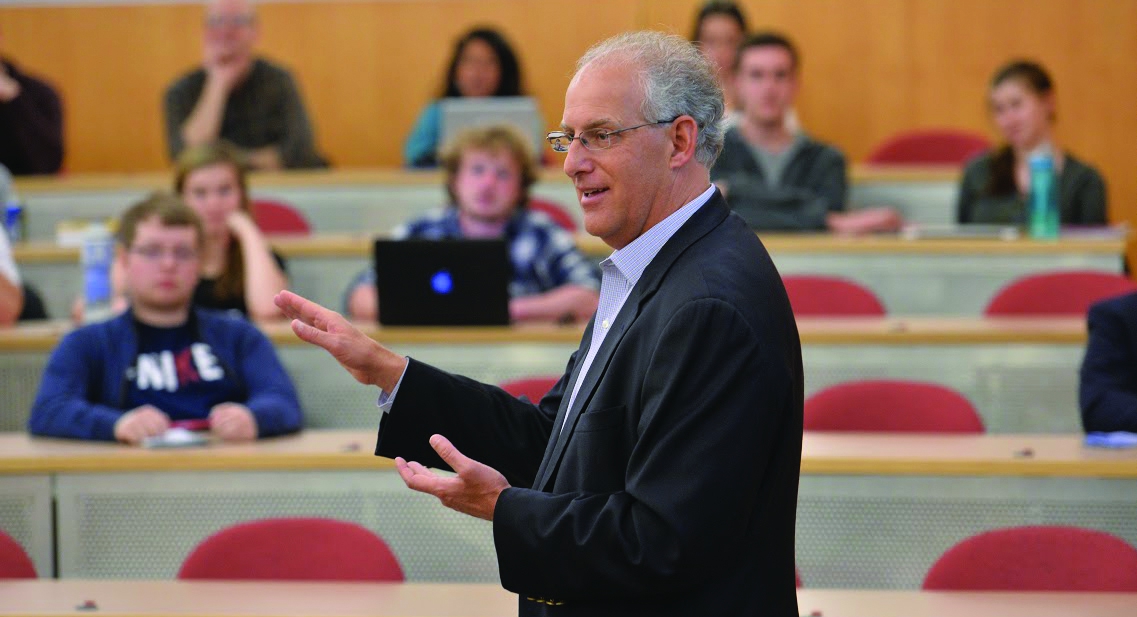
The Climate Corp., which was purchased by agriculture giant Monsanto for roughly $1 billion in 2013, is one of several companies working to build a digital analytics hub for farmers, merging images from satellites, drones, and cameras, as well as readings for everything from soil thermometers to tractors’ on-board computers. That can help growers better understand what’s happening on their farms and let predictive algorithms guide more precise applications of seeds, water, pesticides, and fertilizers.
"In the Midwest, when corn is growing, we have a fair amount of cloud cover, and satellites have trouble seeing through clouds, so that’s a problem because all of a sudden, a grower can only see a part of the field from one image to the next," says Sam Eathington, Climate Corp.s chief scientist. "We’ve developed, using some machine-learning techniques, a way to bring together multiple images and remove the clouds and cloud shadows that a grower would be seeing in the data in the specific field."
Just this week, the company announced that it’s opening its platform to allow other sensor manufacturers to contribute data more easily, starting with high-resolution soil sensor data from Kansas-based Veris Technologies.
The market for digital "precision agriculture" services is expected to grow to $4.55 billion by 2020, according to figures from research firm Markets and Markets, though the push to bring the Internet of Things onto the world’s farms hasn’t been without its critics. According to a 2013 report in the New Yorker, Climate Corp.’s founders came under heavy criticism for the decision to sell to Monsanto, a company that’s long been controversial for its intellectual property policies and involvement with genetically modified crops.
And the American Farm Bureau Federation, a farming industry group, has cautioned farmers to make sure they understand how their data is stored by digital providers. The Farm Bureau has recently worked with tech providers, including Climate Corp., to formulate rules and industry data-sharing arrangements designed to make sure farmers can control how their information is used and potentially migrate it to new providers.
"Tractors, tilling equipment, planters, sprayers, harvesters, and agricultural drones are increasingly connected to the Internet," the group said in March. "Farmers don’t always have the ability to precisely control where that data goes, nor transfer it from one data processor to another."
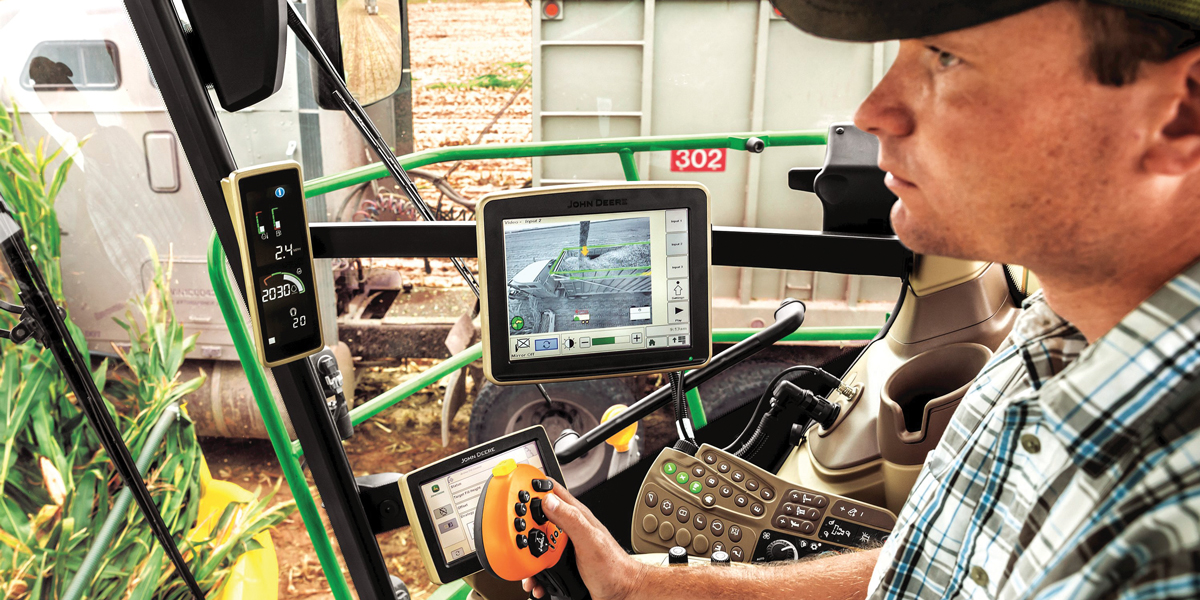
But agriculture tech companies generally say their goal isn’t just to make money, or even help farmers boost their own profits. They’re also trying to help feed a still-growing world population as climate change disrupts farms and populations, and expanding middle-class societies around the world purchase more food. That could require doubling world food production by 2050, experts told the United Nations in 2009, something advocates of digital agriculture say may only be possible through data-driven efficiency.
"Basically, the production we’re getting out of our food crop today is actually not keeping pace with the pace we need to double prediction by 2050," says Lance Donny, the CEO of Fresno, California-based OnFarm.

Like Climate Corp., OnFarm aims to process and combine data from a variety of sources: Donny says the company serves several hundred farms, with an average of 160 incoming data streams each. Farmers traditionally ran processes like irrigation based on the calendar, watering a certain amount at certain times, or based on their own observations—"I look out and I drive the field, and the crop looks like it’s going to need some water, so I add some water at this time," he says—but Donny says OnFarm’s technology can first bring farmers unified figures they can easily understand and trust, then predictions and guidance they can rely upon.
"Not only can we tell you what’s going to happen, we can help you make a better decision—to maximize the decision you’re going to make," he says. "This is really bringing that machine learning down to the grower to make a decision going forth this week, next week."
Ultimately, farmers will rely less on intuition and more on number-driven predictions, says Daniel Koppel, the CEO and cofounder of Tel Aviv-based digital agriculture company Prospera.
"I think at the end of the day, growers are going to be data scientists," he says. "The actual operations side, in the very far future, that’s going to be done with robots, or a lot of it is going to be automated."
But in the meantime, his company’s tools have used sensor data and machine-learning techniques like neural networks to detect issues like plants stressed by improper irrigation and diseases that could put crops in jeopardy. And while he unabashedly speaks in terms that might make foodie purists wince—"We’re trying to treat agriculture as any other industrial manufacturing facility," he says—Koppel says digital technology can mean fresher food and a cleaner environment, too.
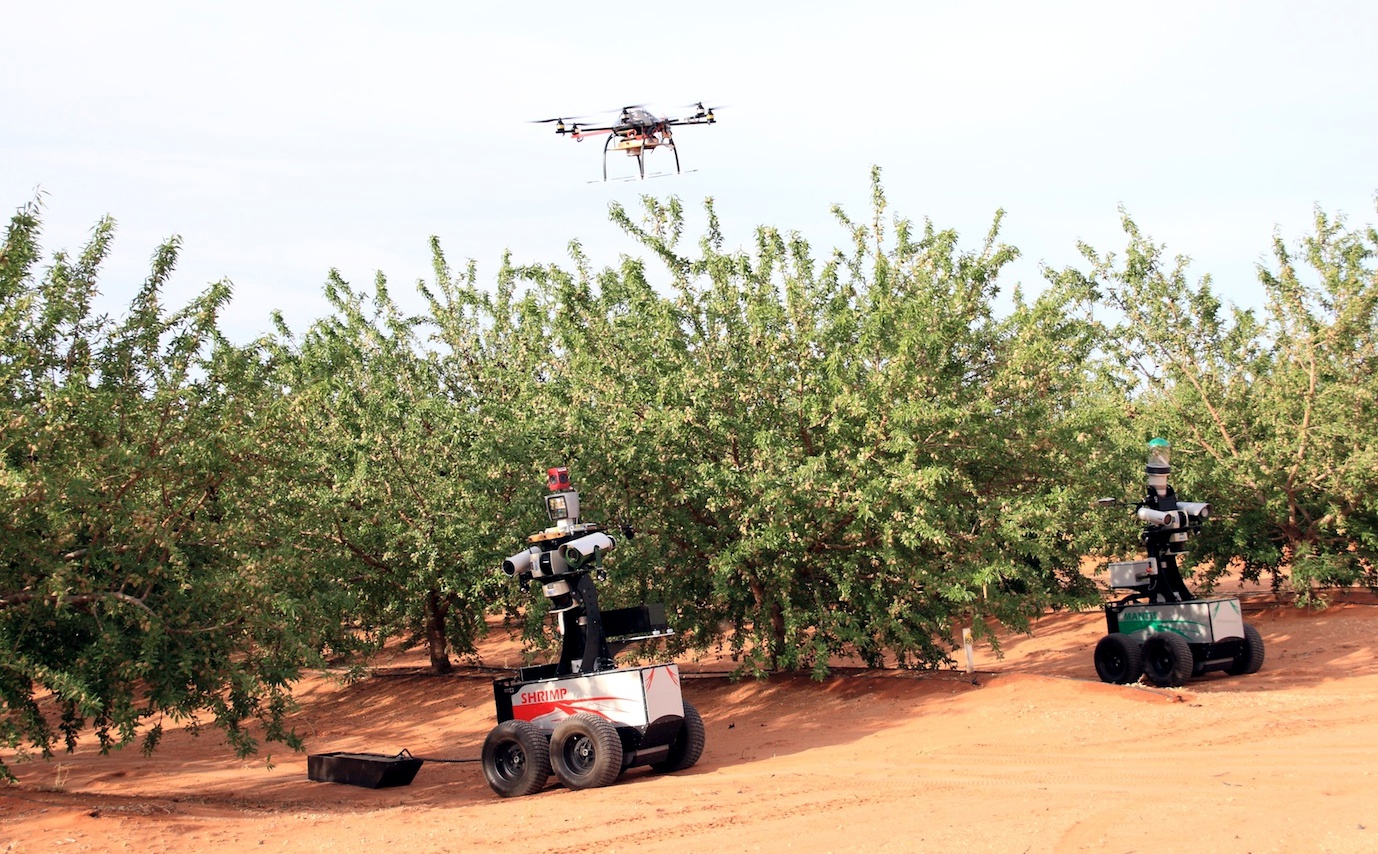
Data scientists will be able to crunch the numbers to find ways to use pesticides and water more efficiently, meaning less runoff and fewer pest-killing chemicals on food, he says. The same will be true of fertilizers, Donny predicts, meaning less nitrogen runoff in soil and groundwater.
Still, some environmental advocates are skeptical, warning that tools primarily designed to boost crop yields and farm profits won’t automatically undo all the environmental harm wrought by large-scale, industrial farming.
"Hopefully, in most cases, they will result in less use of farm chemicals, and less farm chemicals leaking into people’s drinking water or whatever, but that’s not really what they’re designed to do," says Craig Cox, senior vice president for agriculture and natural resources at the Environmental Working Group. "They’re designed to help farmers determine what the economically optimal rate is to apply these farm chemicals, and sometimes the economically optimal rate is to use more farm chemicals."
Donny says better data won’t just mean bigger production of commodity crops like corn and soybeans—it’ll mean optimizing the quality of specialty produce from wine grapes to almonds. In some cases already, farmers have been able to switch from producing old standbys like corn to more diverse collections of vegetables, he says.
That can also bring environmental gains, particularly if diversification means fields spend less time outside of growing seasons lying fallow and allowing chemicals to leach into surrounding water, according to Cox, though he emphasizes the details will make a tremendous difference.
Of course, it will also mean more income for farmers and more variety for an increasingly food-conscious society. "The ability to grow closer to the customer is important. More diversity in crops is important," Donny says. "Restaurants are driving that. Consumers are driving those needs."


